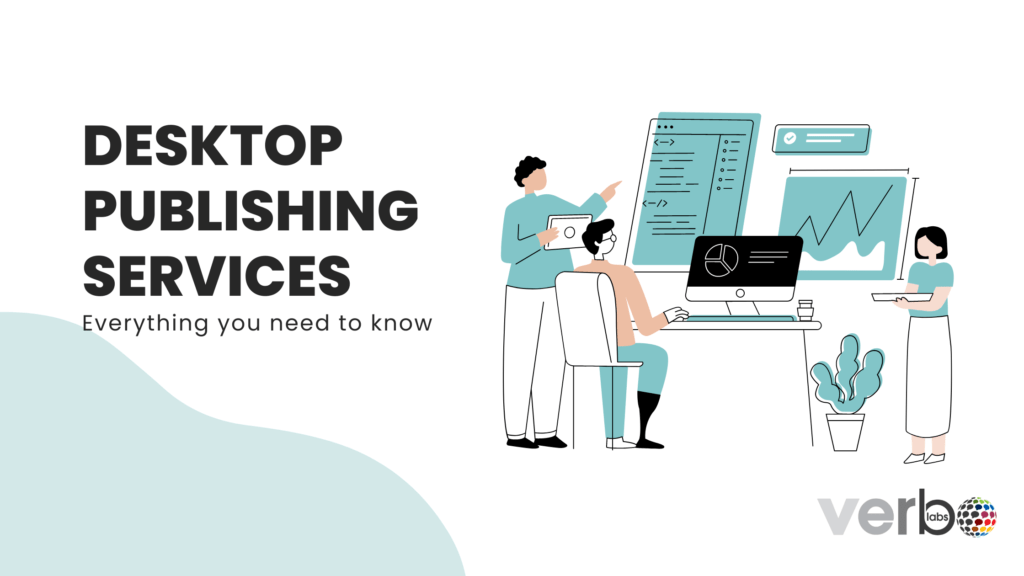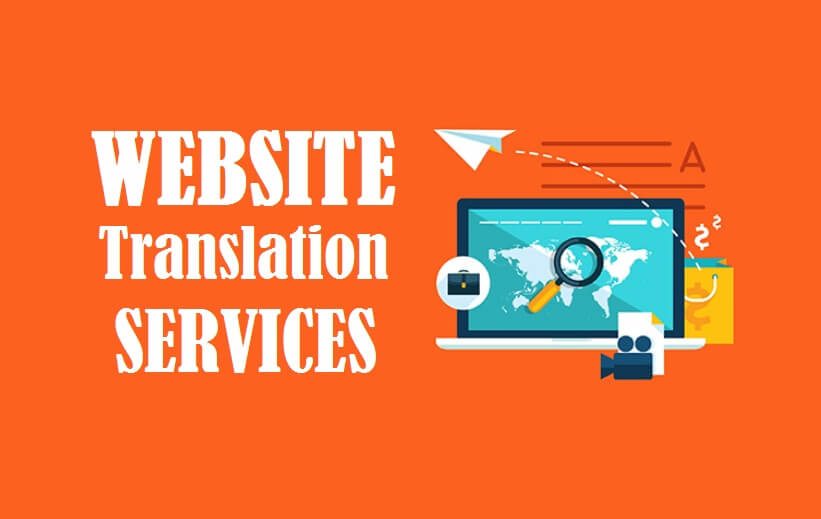We all have probably heard of desktop publishing, but what is it exactly? Have you ever wondered what exactly desktop publishing is or how a translation service handles multimedia formats? Desktop publishing is the creation of page designs using a specialized DTP program on your computer that combines text and images. After the introduction of the first DTP program in the middle of the 1980s, desktop publishing took off. Early in the 1990s, desktop publishing had almost entirely overtaken earlier methods of doing so. Desktop publishing is today utilized for digital products such as e-books, websites, and much more, whereas in the 1980s and 1990s it was virtually solely used by professionals and for print. Nowadays, almost everyone can use desktop publishing technology because of improved gadgets, faster internet connections, and cloud solutions. Some DTP programs can also be downloaded without cost from the internet. In this article, we will try to mention everything to know about desktop publishing including, the benefits of desktop publishing services, the importance of desktop publishing software in the corporate world with many great aspects, and the applications of DTP software.
What is Desktop Publishing?
When working in documentation or multimedia formats like a PowerPoint presentation, brochure, infographic, or interactive training course, desktop publishing is one of the final steps in the translation process. The translated content is modified or redesigned using DTP to conform to the original design or the client’s requirements. The formatting and style must be modified because the translated text is never exactly the same length as the original. The target market may also require adjustments to factors like page size, such as switching from Letter format to A4. The phrase “desktop publishing” was created following the creation of a certain kind of software. It involves utilizing that program to combine and rearrange text and images while producing digital files for use in print, websites, or online viewing. The tasks involved in desktop publishing were previously carried out manually by individuals with expertise in graphic design, typesetting, and prepress operations.
Additionally, most true localization goes beyond just the text you read in order to properly adapt the material to the norms and expectations of a local audience. In order to better cater to your local audience, you might also need to change the images, typography, icons, graphics, color schemes, and more. Experts in desktop publishing are frequently the ones who put this into practice. The precise duties performed by DTP experts can range from ensuring that localized files are stylistically appropriate for your target market to check for sentence cut-offs to moving text that is hidden behind images or vice versa, plus a dozen other tasks necessary if your translated records are going to be suitable for the task at hand. If we are discussing desktop publishing services then there are also advantages. One of the many advantages of using desktop publishing software is this. Before purchasing a product/service, take into account the additional advantages listed below. Hence, let’s discuss the benefits of desktop publishing services.
Benefits of Desktop Publishing Services
- Lower marketing and printing costs
- More professional layouts
- More customization available
- In-house templates and designs
- Easy-to-make revisions
1. Lower marketing and printing costs
Instead of using a third-party printing provider, desktop publishing software can be used to produce regular marketing materials at a lower cost. Because businesses do not have to pay vendor staff members for pricey graphic design work, the design process is less expensive. This is made possible by desktop publishing software for businesses. A better printer that can handle jobs of varied sizes often pays for itself quickly for businesses that depend heavily on printed goods.
2. More professional layouts
Many businesses rely on basic templates from word processing software like Microsoft Word or on what their printing vendor offers. The drawback of switching to these styles and templates is that numerous other businesses already do so because of their great demand. This makes it challenging to develop an effective and memorable campaign that makes a business stand out from its competitors. When a business employs desktop publishing software, it has access to a larger selection of templates. Even better, the business can design a unique template that perfectly suits its requirements.
3. More customization available
A corporation can simply modify a design utilizing desktop publishing software if it discovers one that comes close to meeting its requirements or the vision it had for it. This could indicate that the layout has been somewhat altered or that the information at the bottom of the printed page has changed. Companies can easily make changes instead of settling for the format found in a template. In reality, they are able to alter every file however they like, no matter how little the modification.
4. In-house templates and designs
Instead of using one-off marketing materials, many businesses try to build a brand. When using desktop publishing software, marketing specialists can edit an existing template or design. Rather than constantly producing new marketing materials, this is simpler. A wonderful strategy to establish brand identification and recognition with clients is to use an updated or modified newsletter or advertisement template.
5. Easy-to-make revisions
It is simple to create a new version utilizing desktop publishing software if a business relocates and has to update an address on a frequently reprinted advertisement or if a price is out of date. This is less expensive and saves time compared to having a graphic designer completely redo the content. Companies that print their own marketing materials can maintain less inventory on hand and can quickly print the updated version when it’s time to create a new advertisement.
Importance of Desktop Publishing
By doing away with the need for outside print shops and online sellers, desktop publishing software can help businesses save money, time, and hassle. Purchasing desktop publishing software is a natural move for businesses that frequently employ printed materials and have the ability to learn a new software application. To determine whether the program is cost-effective for your business, compare its price to the cost of outsourcing printing. But, which software is best for desktop publishing services? In the desktop publishing process, the software that was used to create the original file works best, requiring less rework and maintaining source fidelity. If the source file is missing, the best software is the one that can more accurately reproduce the source fidelity. Desktop publishing software enables businesses to produce their own premium marketing collateral. Reports, ads, and newsletters can all be printed on an internal printer, saving time compared to hiring a printing service. Desktop Publishing abilities are essential if you want to avoid the typical risks of improperly adapted work, which range from simple faults that make your content look unprofessional to severe blunders that make your products difficult to understand.
Conclusion
Desktop publishing is nothing new, the increasing availability of free DTP software is. Additionally, cloud-based solutions are a game-changer. Programs like InDesign or Photoshop are now accessible to non-professionals since you can “rent” them rather than purchase them. More than 100 languages and numerous language combinations are available through VerboLabs‘ language services. Additionally, VerboLabs provides a broad range of language services for all business sectors, including desktop publishing, professional translation, and website localization.



